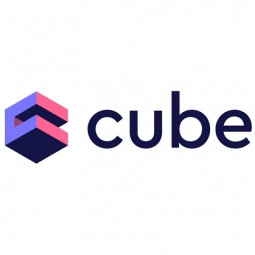- Application Infrastructure & Middleware - Data Visualization
- Application Infrastructure & Middleware - Middleware, SDKs & Libraries
- Construction & Infrastructure
- Healthcare & Hospitals
- Product Research & Development
- Cloud Planning, Design & Implementation Services
- System Integration
COTA is a healthcare company based in New York, United States, with a workforce of 101-250 employees. Founded in 2011, COTA combines oncology expertise with advanced technology and analytics to organize real-world medical treatment data. This data is used to guide cancer research and care. COTA builds solutions to better support oncologists' clinical decision-making and researchers' development of new drugs and therapies. Their products help clinicians and researchers make sense of fragmented and often incomplete electronic health records (EHR) data, providing insight into the patient population, treatment patterns, and disease outcomes.
COTA, a healthcare company founded in 2011, specializes in combining oncology expertise with advanced technology and analytics to organize real-world medical treatment data for cancer research and care. They have access to millions of electronic oncology patient records, a data volume unmatched in the oncology healthcare industry. One of their products, the Real World Analytics (RWA) solution, helps clinicians and researchers make sense of fragmented and often incomplete electronic health records (EHR) data. However, COTA faced challenges with their existing off-the-shelf solutions like Qlik and Tableau, which required heavy customization and specialty configuration knowledge. They sought a more developer-friendly ecosystem that could handle their vast data and provide a single source of truth.
COTA found their solution in Cube, a semantic layer that they leveraged to save development cycles that previously involved writing custom queries, custom data munging, and processing. Cube became a foundational tool for COTA's products, with Cube Data Schema serving as the single source of truth for their data and Cube API powering their applications. COTA uses Google Cloud Platform to host and run their applications, including the Cube deployment. They decided to use microservices hosted on Google Compute Engine after initially exploring Google Cloud Functions. The COTA team also uses Angular on the front-end of their solutions and leverages TypeScript support in Cube. They use the Plotly charting library wrapped with the angular-plotly.js component for data visualization in their applications. To ensure efficient resource use, they implemented mutex support to synchronize multiple concurrent requests performed by the Cube API.

Case Study missing?
Start adding your own!
Register with your work email and create a new case study profile for your business.
Related Case Studies.













